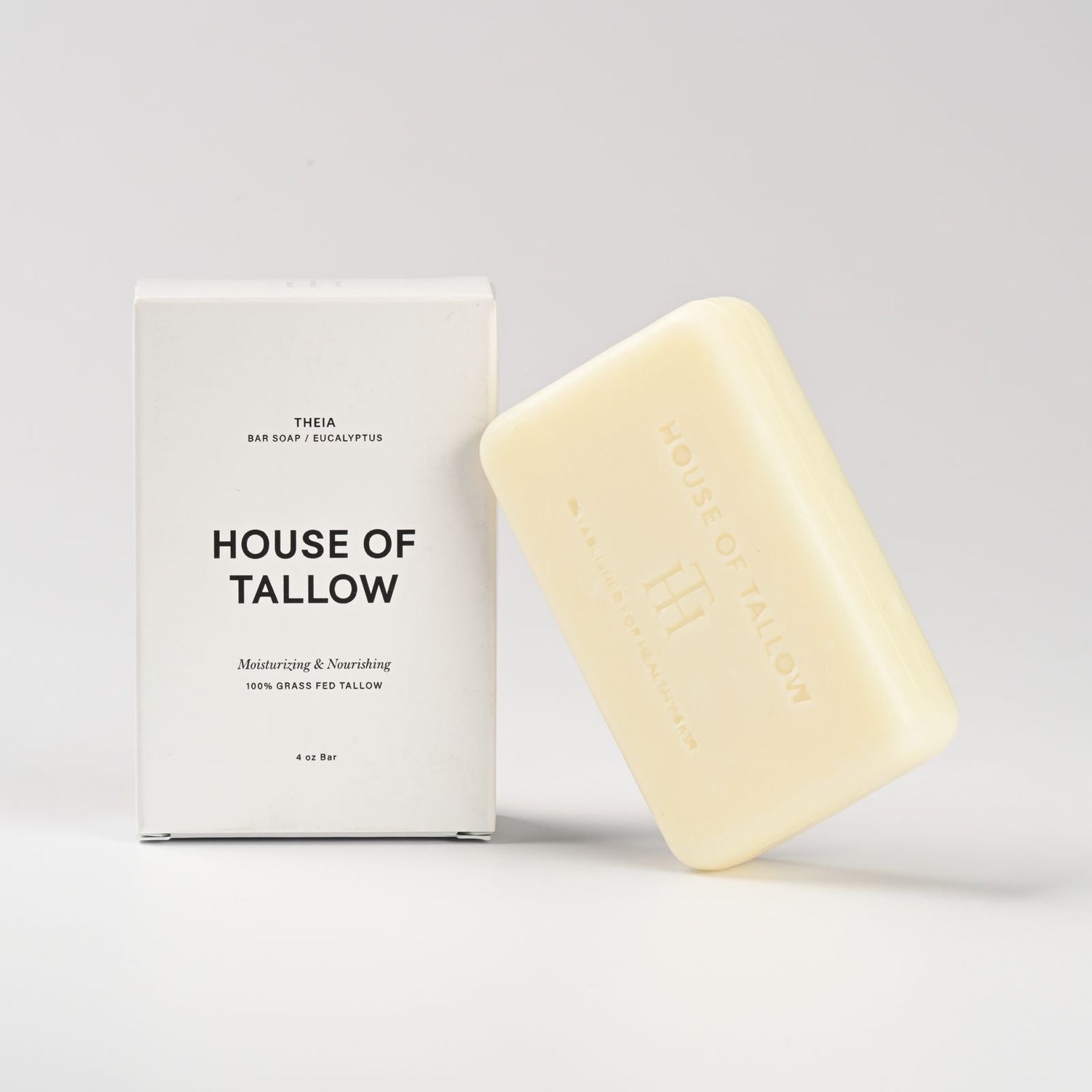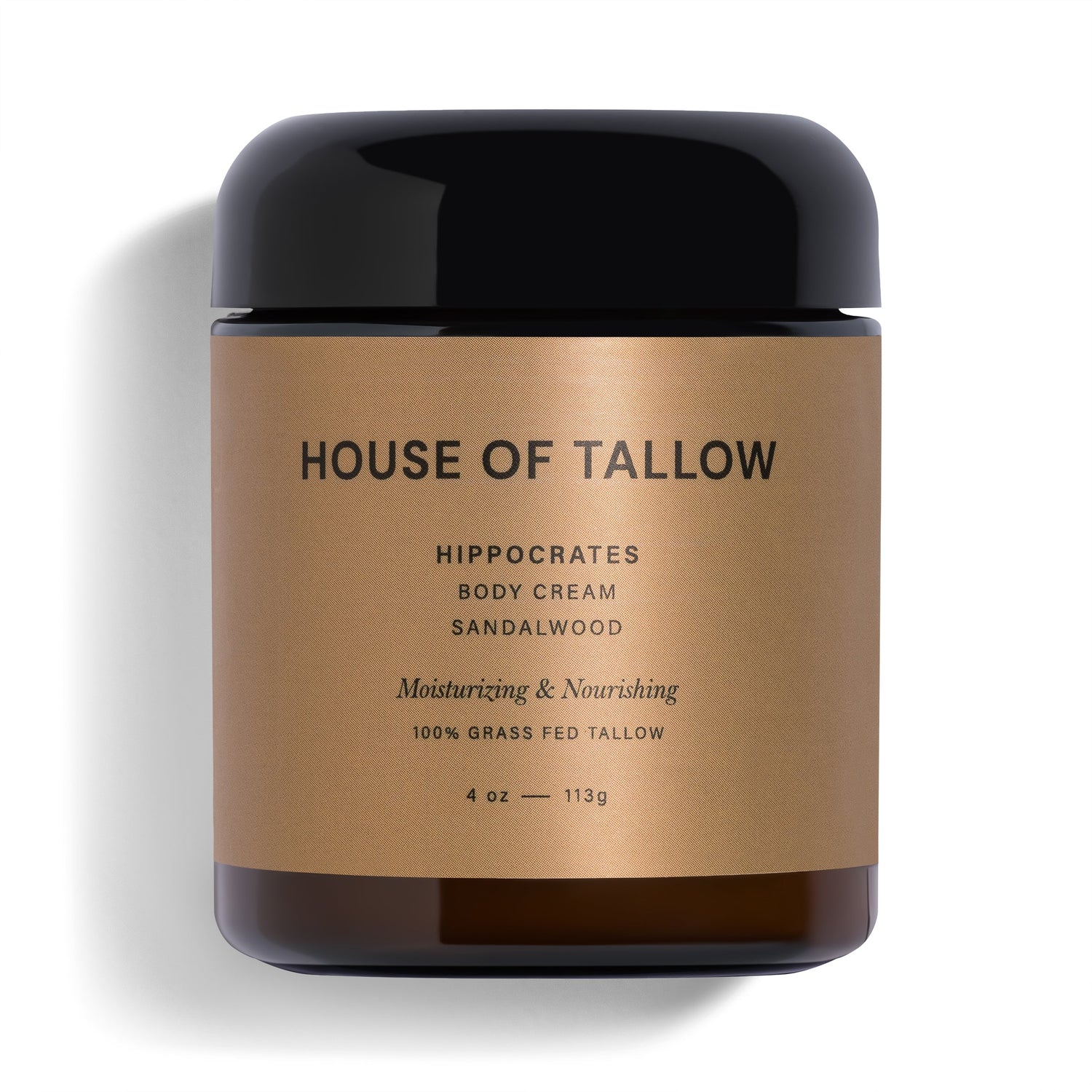Tallow lasts up to 1 year at room temperature, 12–18 months refrigerated, and 2 years frozen - but only if stored correctly. Avoid heat, light, and moisture to prevent spoilage and maintain its quality for cooking or skincare.
Quick Tips:
- Use airtight glass or stainless steel containers to avoid oxidation.
- Store in cool, dark places to protect nutrients.
- Avoid moisture by using dry utensils and containers.
Proper storage ensures tallow stays fresh and effective. Learn how to avoid common mistakes, fix issues like moisture contamination, and extend its shelf life.
Mistakes People Make When Storing Tallow
Storing Tallow Near Heat
Heat can quickly ruin tallow. Keeping it near stoves, ovens, or in cabinets warmed by sunlight shortens its shelf life. Heat exposure speeds up oxidation - a process that breaks down fats when exposed to air. If you're using tallow for skincare, heat can destroy its vitamins and fatty acids, making it less effective.
Using the Wrong Containers
The type of container you use matters. Plastic or loose-lid containers let in air, which accelerates oxidation. Aluminum containers can also react with tallow, affecting its quality. Instead, use airtight glass jars or stainless steel containers to keep tallow in top condition.
Leaving Tallow in Direct Light
Both sunlight and artificial light can harm tallow. UV rays break down its fats and nutrients, while prolonged exposure to light in general causes gradual deterioration. A common mistake is storing tallow in clear jars on countertops or windowsills, which significantly reduces its effectiveness for cooking and skincare.
Exposing Tallow to Moisture
Moisture is another common problem. Here’s how it often happens:
- Using wet utensils or placing tallow in damp areas introduces moisture, which can lead to mold or bacterial growth.
- Not drying containers properly or storing them near steam can also cause contamination.
If your tallow has been exposed to moisture or stored incorrectly, look for these warning signs: changes in color, strange smells, a sour taste, or visible mold. If you notice any of these, it’s time to throw it out and start fresh with better storage habits.
Avoiding these mistakes can help you maintain the quality and longevity of your tallow. Up next, you'll learn the exact steps for proper storage.
How to Make Tallow Shelf-Stable
How to Store Tallow the Right Way
Protect tallow from heat, light, and moisture by following these practical storage tips.
Refrigerate or Freeze for Better Preservation
Store tallow in the fridge or freezer to keep it fresh for a longer time. Freezing it in smaller portions is a smart way to ensure quality and avoid waste.
Use the Right Containers
Choose containers based on how long you plan to store the tallow:
| Storage Duration | Recommended Container |
|---|---|
| Short-term | Glass jars with tight lids |
| Medium-term | Stainless steel containers |
| Long-term | Vacuum-sealed bags |
For specific products, like those from House of Tallow, check the manufacturer's instructions for the best results.
Label and Rotate Your Stock
Mark containers with purchase and expiration dates to ensure you use older tallow first. Regularly inspect for any changes in color, smell, or texture. Tasting Table (2024) highlights:
"Keeping tallow in a cool, dark location is the best way to store it, but you can increase its lifespan by keeping it in the fridge or freezer" [2].
If your tallow has been exposed to less-than-ideal conditions, there are often simple ways to restore its quality.
sbb-itb-a1b9fc0
How to Fix Storage Problems
If your tallow is facing storage issues, there are a few steps you can take to restore its quality and keep it usable for longer.
Reheat to Remove Moisture
Excess moisture can cause tallow to appear cloudy and spoil faster. Gently heat it to about 100°F (38°C) to evaporate the moisture without damaging the fat.
| Temperature Guide | Purpose | Duration |
|---|---|---|
| 100°F (38°C) | Remove moisture | Until clear |
| Below 120°F (49°C) | Protect fat quality | During process |
| Room temp cool-down | Allow proper setting | 1-2 hours |
Strain and Store Again
If your tallow has impurities or has come into contact with contaminants, straining it can help. Use a fine-mesh sieve or cheesecloth to filter warm tallow and remove any unwanted particles.
Vacuum Seal for Long-Term Storage
Vacuum sealing is a great option for keeping tallow fresh over a longer period. Here's how:
- Use food-grade, freezer-safe bags.
- Portion the tallow into manageable sizes.
- Remove as much air as possible before sealing.
- Label the bags with the storage date.
For products like those from House of Tallow, check the manufacturer's storage recommendations. However, vacuum sealing can add an extra layer of preservation.
Conclusion
Avoiding Common Mistakes and Key Storage Tips
Storing tallow the right way is crucial for preserving its quality and usability. Missteps like exposing it to heat, light, or moisture - or using the wrong containers - can lead to spoilage and reduced performance. Following proper storage guidelines helps extend its shelf life and maintain its usefulness.
To keep tallow in top condition, store it in a cool, dark place using airtight containers. For extended storage, refrigeration or freezing is recommended. As celebrity chef David Burke explains:
"Stored in an airtight container at room temperature, in a cool, dark place is the way to go. That way it has a shelf life of about a year and because it's in its oil state at room temperature, it's easy to use" [1].
Here are some essential tips for storing tallow:
- Keep it at temperatures below 70°F (21°C) for optimal results.
- Use airtight, non-reactive containers to prevent spoilage.
- Always handle it with clean utensils to avoid contamination.
- Refrigerate or freeze for extended storage - up to 2 years.
Finding High-Quality Tallow Products
Starting with premium tallow is equally important. Brands like House of Tallow offer grass-fed, sustainably sourced options packed with vitamins A, D, E, and K. These high-grade products retain their properties better when stored properly, ensuring you get the most out of your tallow.
FAQs
Here are answers to some common questions about storing tallow and keeping it safe for use.
How can you tell if tallow has gone bad?
Signs of spoiled tallow include changes in color, a rancid odor, a grainy texture, or visible mold. If you notice any of these, it's best to throw it out to avoid any potential health risks. Sticking to proper storage methods can help prevent these issues.
Can bacteria grow in tallow?
Bacteria can develop in tallow if it's not stored or handled correctly. The thawing process is particularly risky - always thaw tallow in the refrigerator to keep bacteria at bay. Following proper storage and handling guidelines reduces the chance of contamination.
How long does tallow last in a jar?
Tallow's shelf life varies based on how it's stored. In an airtight container kept in a cool, dark spot, it can last up to one year at room temperature. If refrigerated, it stays good for 12–18 months, and when frozen, it can last up to 2 years. Proper storage is key to maintaining its quality.




